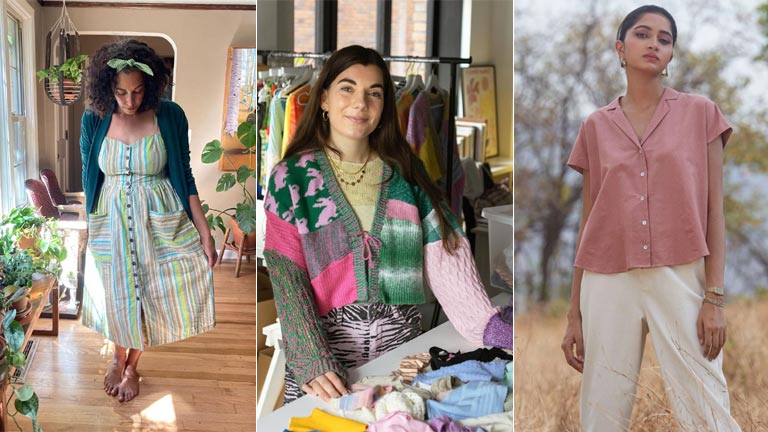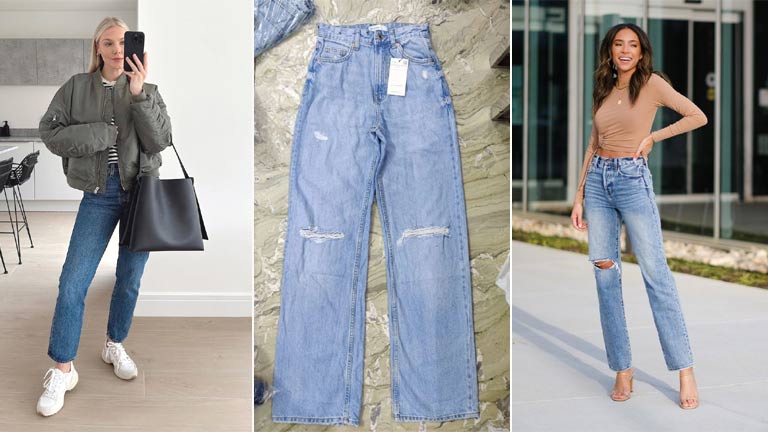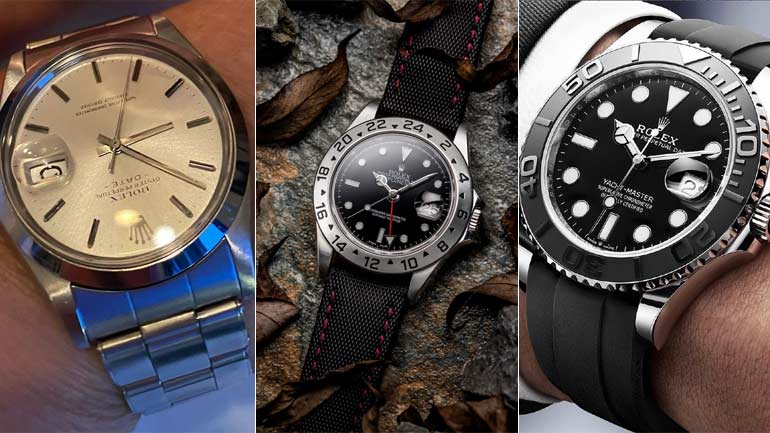
Fashion brands have a unique opportunity to promote sustainability. Consumers want to buy durable, long-lasting products, and several sustainable options are available. Many brands rely on social enterprises to help reduce their environmental footprint.
Social Impact
As a global industry that reflects and leads culture, fashion has a unique opportunity to show the world about authentic sustainability. Yet, it has struggled to deliver on that potential. Pressure to grow unrelentingly and consumer demand for cheap, fast fashion have contributed to a wasteful production system that has exploded carbon emissions, polluted the water supply with dangerous chemicals, and created massive waste. Three-quarters of that waste ends up burned or buried in landfills. The good news is that consumers can support sustainable fashion in many ways. One way is to shop secondhand. Buying used clothes reduces the need to produce new ones, saving energy and avoiding toxic chemicals. Upcycling also cuts the need for new clothing, as does reselling and renting garments. Another way to support sustainability is to hold fashion brands accountable. Many nonprofit organizations and apps investigate, rate, and rank companies based on their sustainability practices. These tools give consumers the power to push for more change. Finally, it’s important to support legislation that addresses negative externalities. For example, a tax on synthetics would increase their price and make them less attractive, and a plastic tax could help encourage innovation and speed up the switch to renewable energy. Similarly, government rules should include pricing for carbon and water to ensure that these hidden costs are accounted for.
Environmental Impact
The fashion industry’s impact on the environment is sizeable. Most of this is from the production and transportation of textiles. The sector also contributes to water pollution and uses toxic chemicals. However, many brands are working towards sustainability in the fashion industry. Some have embraced it, while others use greenwashing as a marketing strategy. Despite the positive effects of sustainability, the industry faces several challenges. One of the biggest is overproduction. Consumer demand for fast fashion is causing companies to produce more clothes than they can sell.
Additionally, many products are made from synthetic fabrics, such as polyester, from petroleum. This causes the material to shed microfibers into the ocean and atmosphere, causing environmental damage. Sustainable fashion requires collaboration between all players in the fashion supply chain. One way to do this is by sourcing sustainable materials. Another way is to increase efficiency. For example, by using 3D printing technology, designers can work out details digitally before producing them. This can reduce the need for trial and error. It can also reduce the amount of wasted fabric. Another way to improve sustainability is to use upcycled materials. This practice reduces waste and makes garments unique. It is also a good choice for those who want to wear ethically produced clothes. Additionally, some companies provide repair services for their clothing so customers can wear them for as long as possible.
Economic Impact
The fashion industry is a multi-billion dollar business, but it is responsible for several negative environmental and social impacts. It uses vast amounts of water and energy, pollutes rivers and streams, and generates toxic chemicals. The good news is that many fashion brands are addressing these issues. Some are using sustainable fabrics, producing locally, and offering fair trade opportunities for workers. Others are collaborating with recycling groups to prevent plastic from entering the ocean. They are also working to reduce their carbon footprint by reducing the energy and water used to produce their clothes. To be truly sustainable, fashion brands must take a holistic approach. This means reducing their environmental impact, improving worker welfare, and ensuring customers want to buy their products. They need to change their supply chain and manufacturing practices to do this. For example, they should use sustainable materials such as bamboo and organic cotton. They should also reduce their water consumption and avoid toxic chemicals. In addition, they should work with suppliers to improve their working conditions and pay a fair wage.
Community Impact
Sustainable fashion brands use renewable energy and limit their carbon emissions. They also strive to reduce water and air pollution in their supply chains and employ safe working conditions. A brand’s sustainability is reflected in how the products are designed. In addition to using recycled materials, sustainable designers use non-toxic dyes and limit the amount of chemical waste produced in their manufacturing processes. They also try to reduce the energy consumption of their factories and work towards improving living wages for workers. In the age of increased environmental damage (climate change, plastic pollution, deforestation & loss of coral reefs & biodiversity), it’s not unreasonable for consumers to ask where their fashion comes from. However, most fashion consumers must regularly prioritize sustainability in their purchasing decisions. To shift consumer attitudes, fashion brands need to make it easier to connect their clothing with sustainable values. This could be achieved by incorporating sustainability in-store displays, providing detailed material descriptions, and educating consumers on the importance of durable and high-quality clothing.




